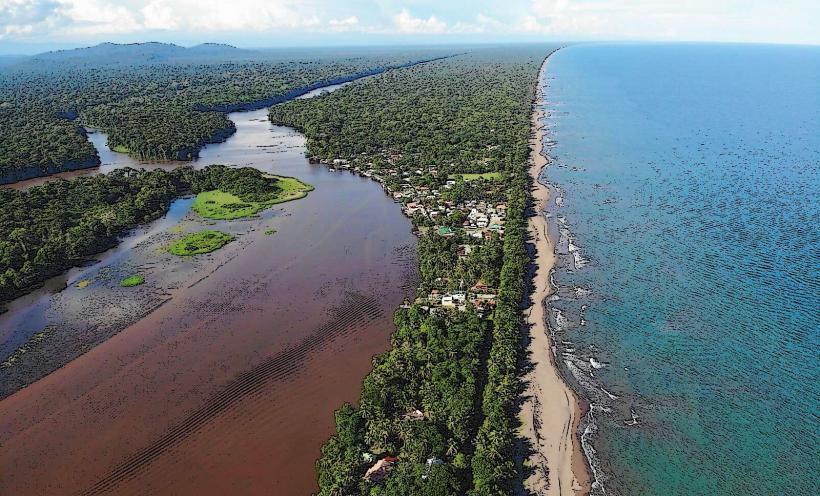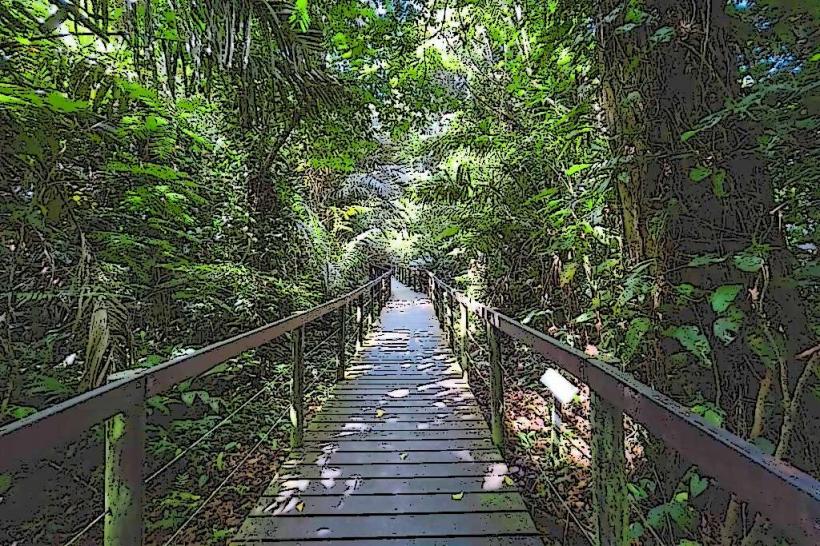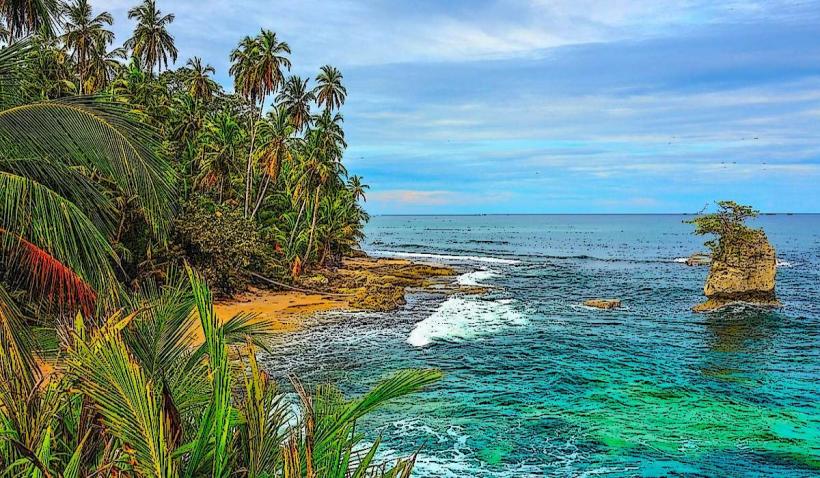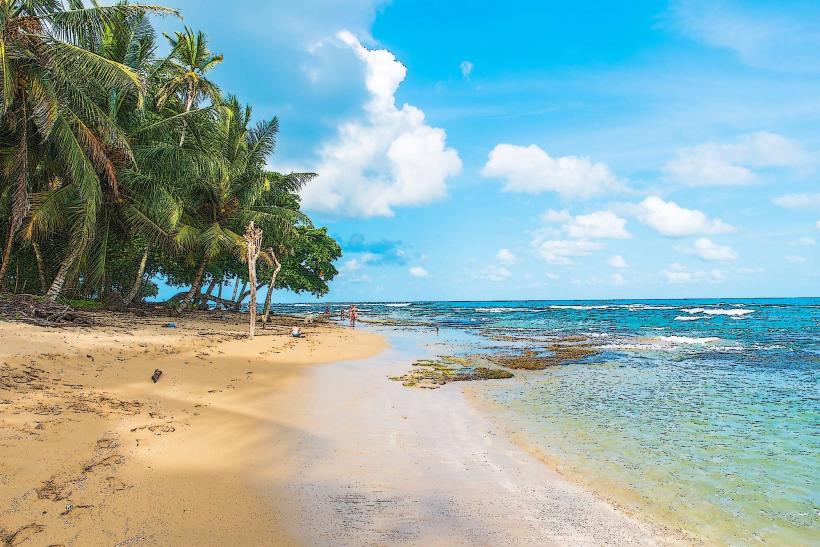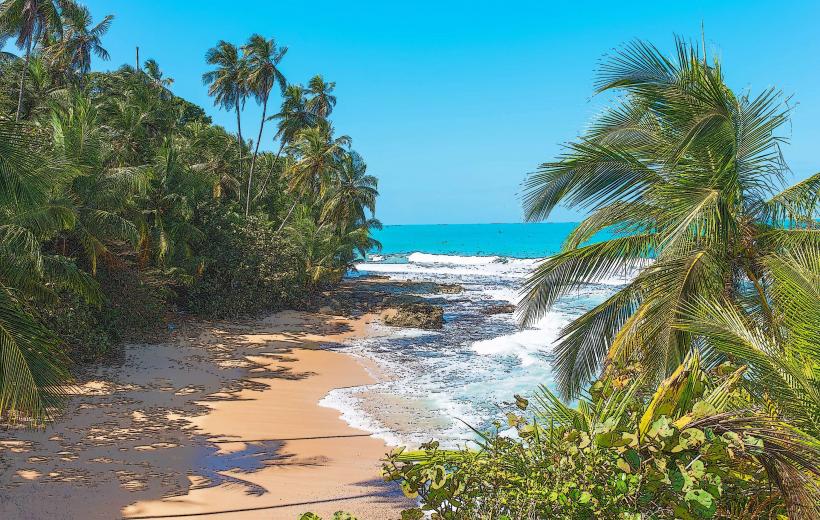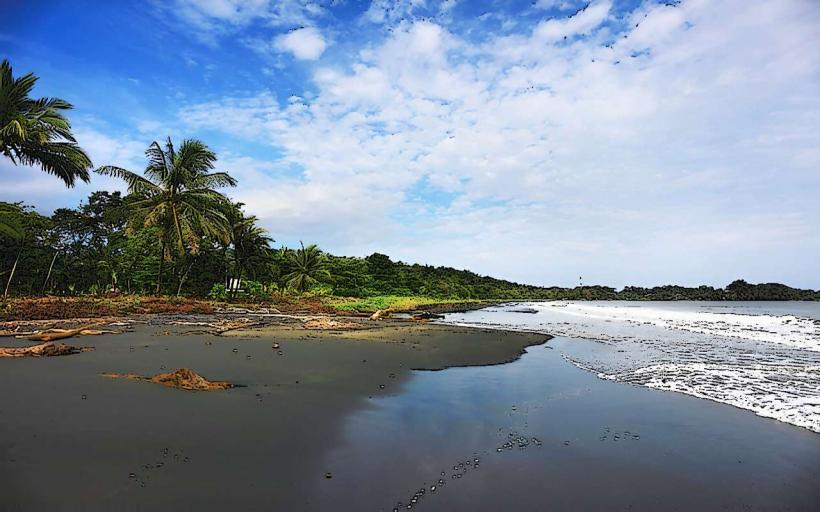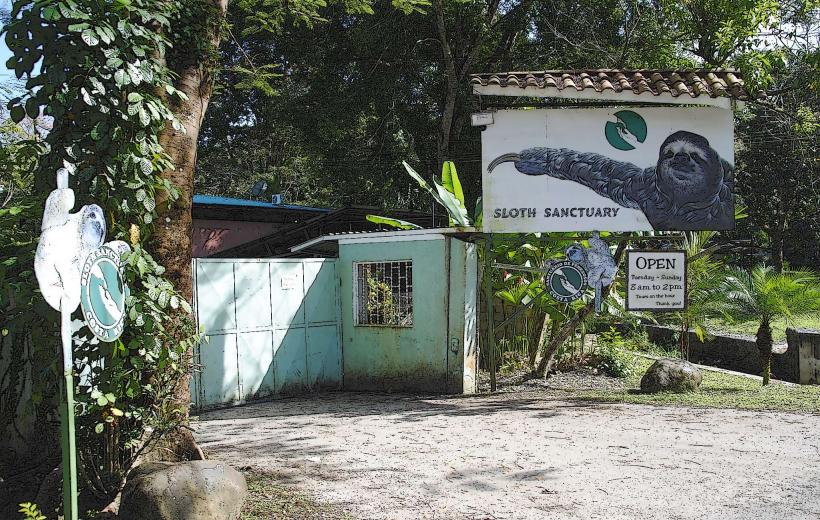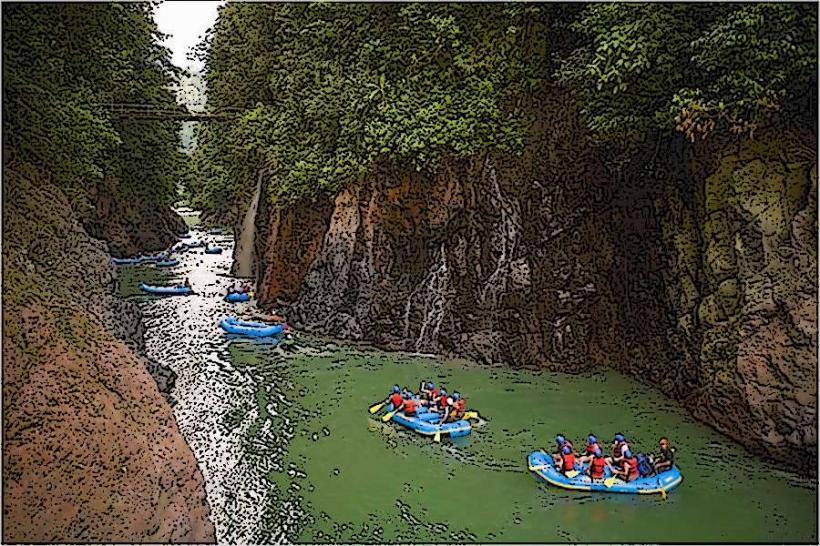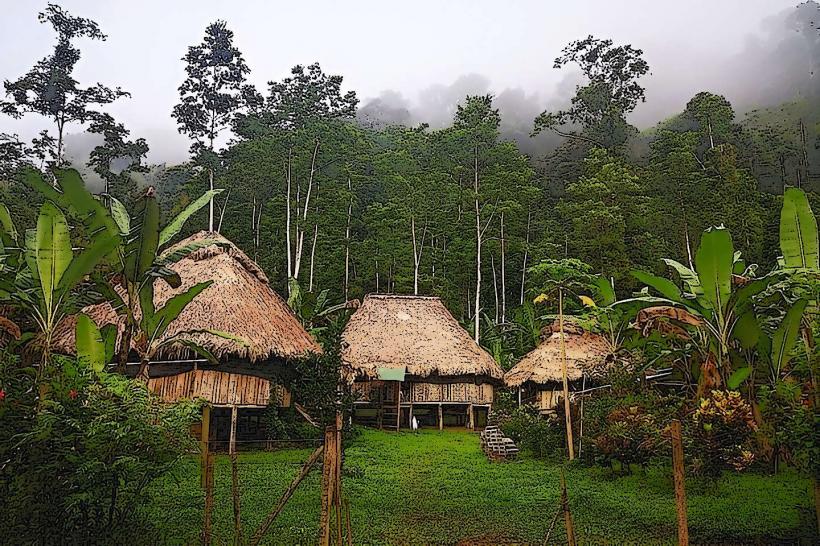Information
City: LimonCountry: Costa Rica
Continent: North America
Limón: Overview
Limón, located on Costa Rica’s Caribbean coast, is a province celebrated for its Afro-Caribbean culture, lush rainforests, vibrant wildlife, and pristine beaches. Unlike the Pacific side, Limón boasts a more tropical, humid climate and a unique cultural identity influenced by Afro-Caribbean, Indigenous, and Hispanic traditions. The region is rich in biodiversity and offers visitors an authentic Costa Rican experience, often away from the more touristic areas of the country.
Location and Geography
- Borders:
- North: Nicaragua
- East: Caribbean Sea
- West: Alajuela, Heredia, Cartago, and Puntarenas provinces
- South: Panama
- Capital City: Puerto Limón, commonly referred to as Limón City.
- Landscape: Includes lowland rainforests, mangroves, beaches, and mountainous terrain.
Climate
Limón’s tropical climate is consistent throughout the year:
- Rainy and Humid: The province experiences frequent rainfall but also periods of sunshine.
- Seasons: Unlike the Pacific side, Limón does not have a defined dry season. The driest months are typically September and October.
History and Cultural Significance
- Afro-Caribbean Influence: Limón’s culture is heavily influenced by Afro-Caribbean immigrants, particularly Jamaican workers who arrived in the 19th century to build the railroad and work in banana plantations.
- Indigenous Presence: The province is home to Bribri and Cabécar Indigenous communities, who maintain traditional lifestyles and crafts.
- Economic History: Historically reliant on banana and cacao exports, Limón remains a vital port region for Costa Rica.
Economy
The economy of Limón revolves around:
- Ports: Puerto Limón and Moín are key shipping hubs for Costa Rica’s exports.
- Tourism: Visitors are drawn to Limón’s national parks, beaches, and cultural heritage.
- Agriculture: Bananas, pineapples, and cacao are the primary crops.
- Fishing: Coastal areas rely on fishing for both subsistence and export.
Key Cities and Towns
- Puerto Limón:
- The provincial capital and a bustling port city with rich Afro-Caribbean culture.
- Cahuita:
- A small coastal town known for its national park and laid-back atmosphere.
- Puerto Viejo de Talamanca:
- A vibrant beach town famous for its reggae culture, nightlife, and surfing.
- Bribri:
- A town serving as the center of Bribri Indigenous culture and traditions.
Top Attractions in Limón
Beaches and Coastal Areas
- Playa Cocles:
- A popular beach near Puerto Viejo, ideal for surfing and relaxing.
- Playa Chiquita:
- A tranquil beach surrounded by lush greenery.
- Playa Negra:
- A black sand beach with calm waters, perfect for swimming.
- Punta Uva:
- A pristine beach known for its crystal-clear waters and snorkeling opportunities.
National Parks and Reserves
- Cahuita National Park:
- Protects coral reefs, rainforests, and diverse marine life, including sea turtles.
- Tortuguero National Park:
- Known as the "Amazon of Costa Rica," this park features canals, rivers, and nesting grounds for green sea turtles.
- Gandoca-Manzanillo Wildlife Refuge:
- A remote area with mangroves, coral reefs, and endangered species like manatees.
- Barra del Colorado Wildlife Refuge:
- Offers remote fishing, wildlife viewing, and lush wetlands.
Cultural and Historical Sites
- Black Star Line Building:
- A historic building in Puerto Limón that celebrates Afro-Caribbean heritage.
- Indigenous Villages:
- Visit Bribri and Cabécar communities to learn about traditional crafts, medicine, and cacao production.
Eco-Tourism and Adventure
- Veragua Rainforest:
- A research and adventure park offering canopy tours, hiking trails, and wildlife exhibits.
- Tortuguero Canals:
- Boat tours through these canals allow visitors to see diverse wildlife, including crocodiles, sloths, and toucans.
- Refugio de Vida Silvestre Pacuare:
- A sanctuary for sea turtles and other wildlife on the Pacuare River.
Cultural Highlights
- Cuisine:
- Limón’s food reflects its Afro-Caribbean heritage, with dishes like "rondon" (seafood coconut stew), "patí" (spicy meat pastries), and "rice and beans" cooked in coconut milk.
- Music and Festivals:
- Calypso and reggae music dominate the cultural scene.
- The Limón Carnival, held every October, celebrates Afro-Caribbean culture with parades, music, and dancing.
- Traditional Crafts:
- Indigenous communities produce handmade items like baskets, jewelry, and cacao-based products.
Adventure Activities
- Snorkeling and Diving: Explore coral reefs in Cahuita and Gandoca-Manzanillo.
- Surfing: Puerto Viejo is a popular destination for surfers, especially at Salsa Brava.
- Wildlife Watching: Spot sloths, monkeys, manatees, and sea turtles in national parks and reserves.
- Kayaking and Canoeing: Paddle through Tortuguero’s canals or along the Pacuare River.
Transportation
- Ports:
- Puerto Limón and Moín are the main ports for both cargo and cruise ships.
- Roads:
- Highway 32 connects Limón to San José, though road conditions can vary.
- Public Transport:
- Buses are the most common way to travel within the province.
- Airports:
- Limón International Airport offers domestic flights, and Tortuguero has a small airstrip for access to the national park.
Challenges
- Infrastructure: Limited development in some areas makes travel challenging.
- Environmental Concerns: Deforestation, overfishing, and tourism pose threats to biodiversity.
- Social Inequality: Economic disparities persist, particularly in Indigenous and Afro-Caribbean communities.
Summary
Limón is a unique and culturally vibrant province that contrasts sharply with Costa Rica’s Pacific regions. With its lush rainforests, stunning beaches, rich biodiversity, and Afro-Caribbean culture, it offers a distinctive experience for travelers seeking nature, adventure, and cultural immersion.

